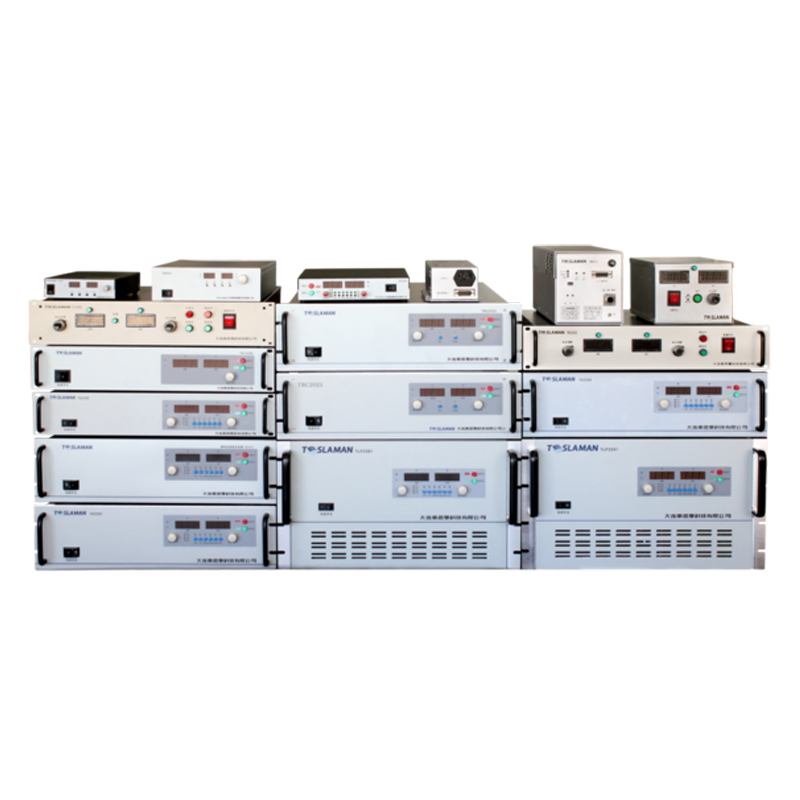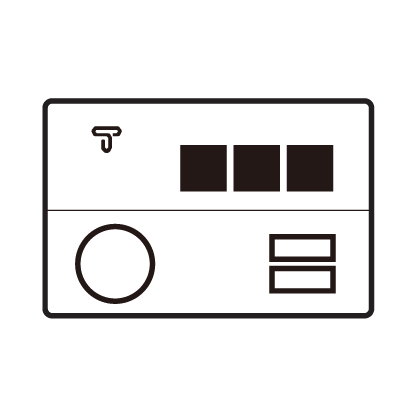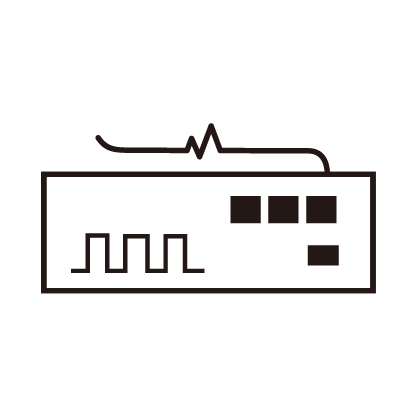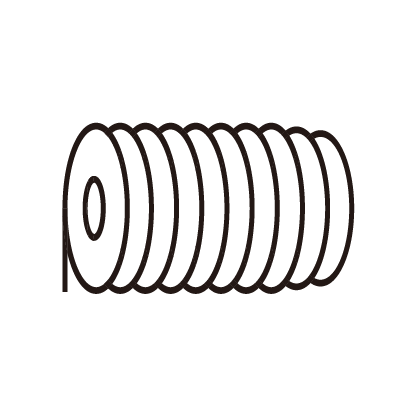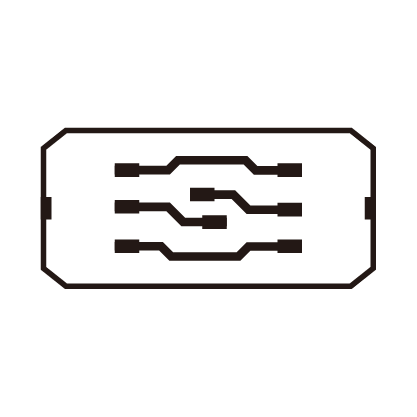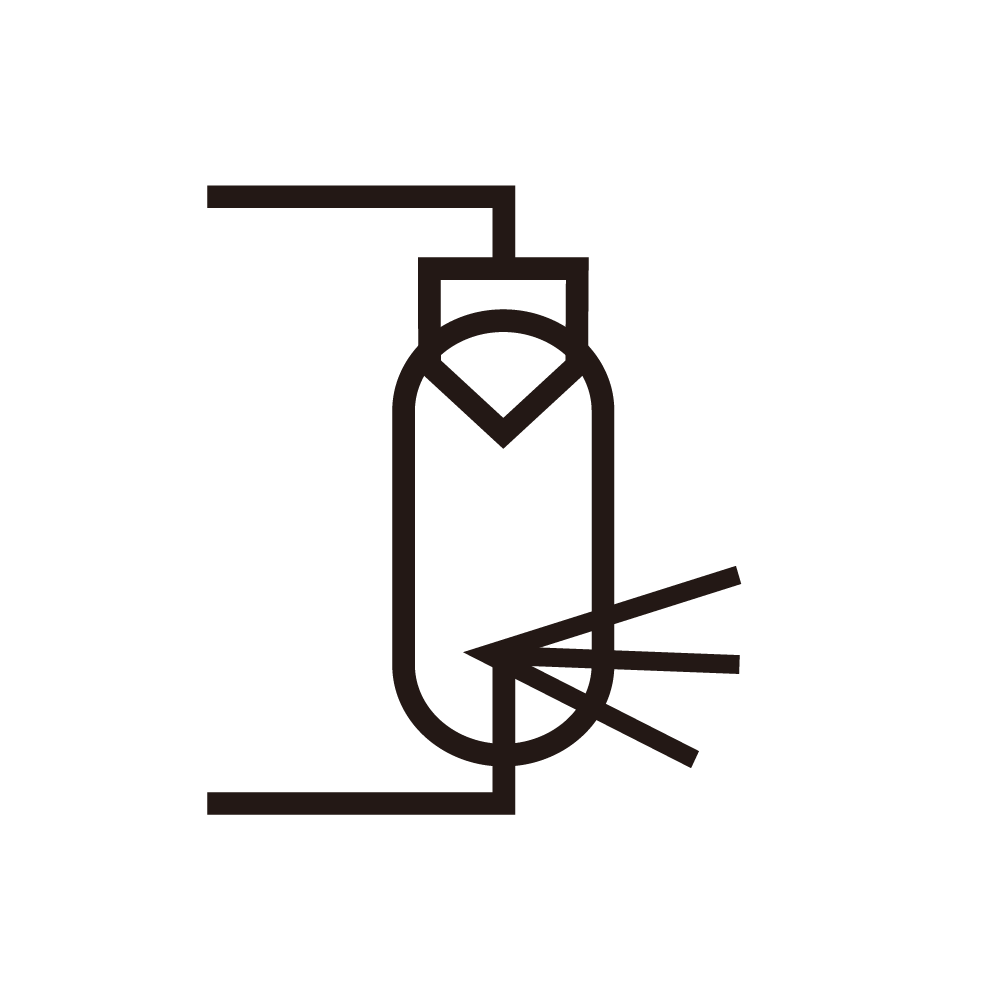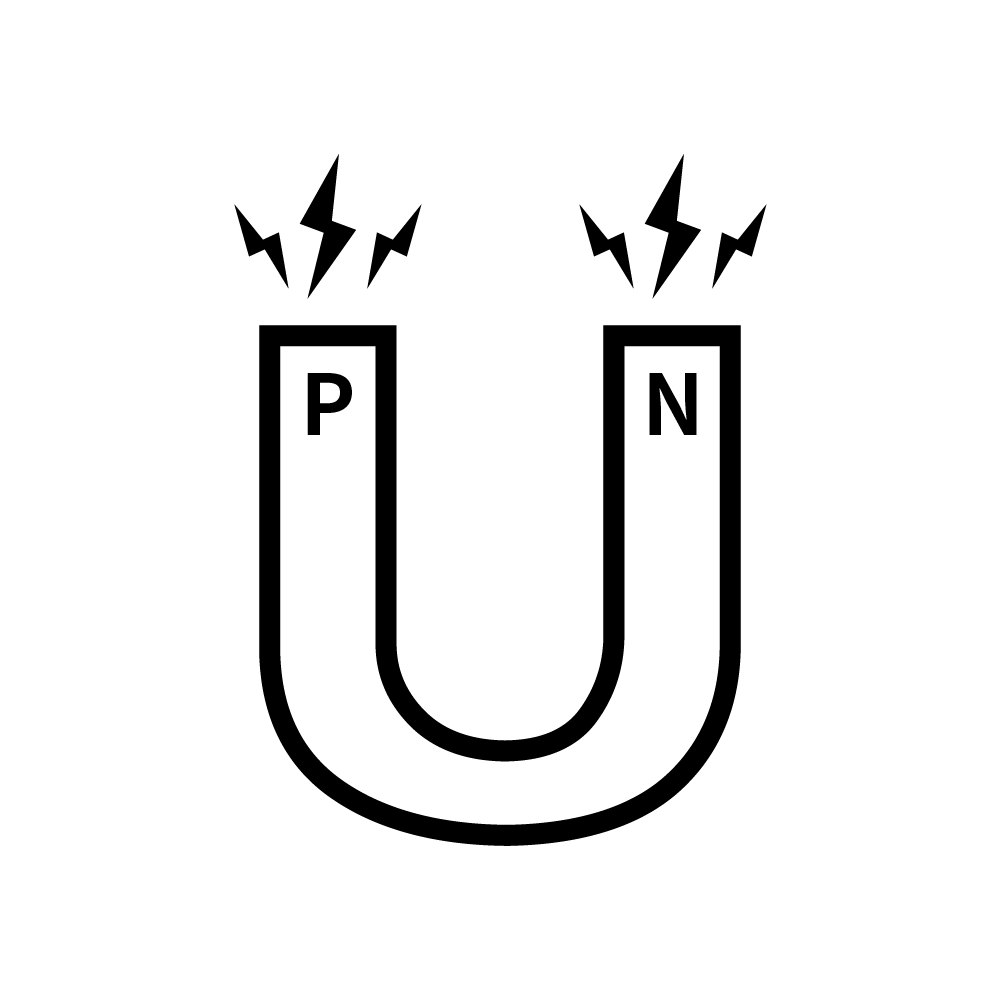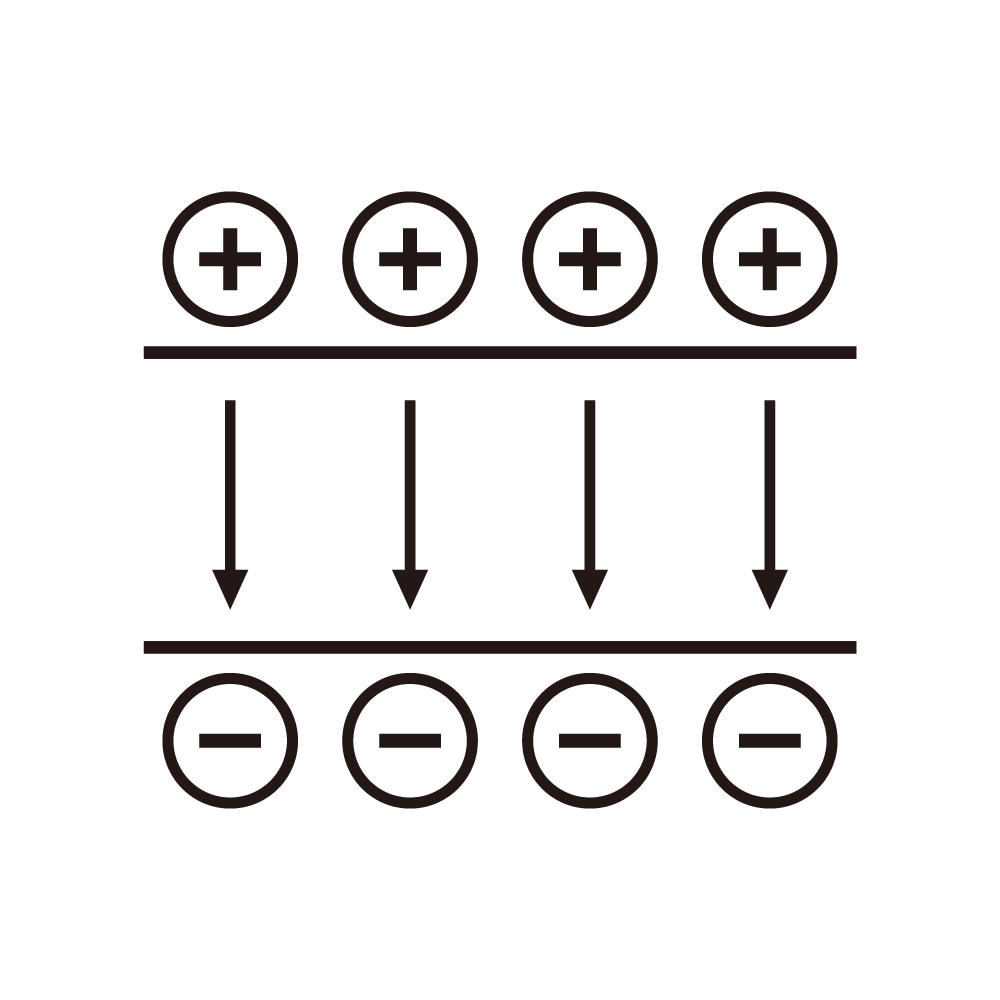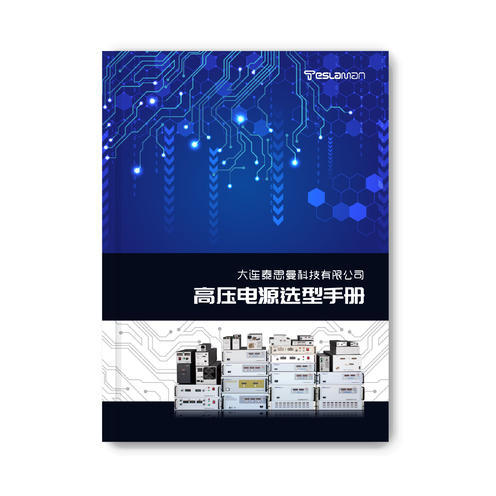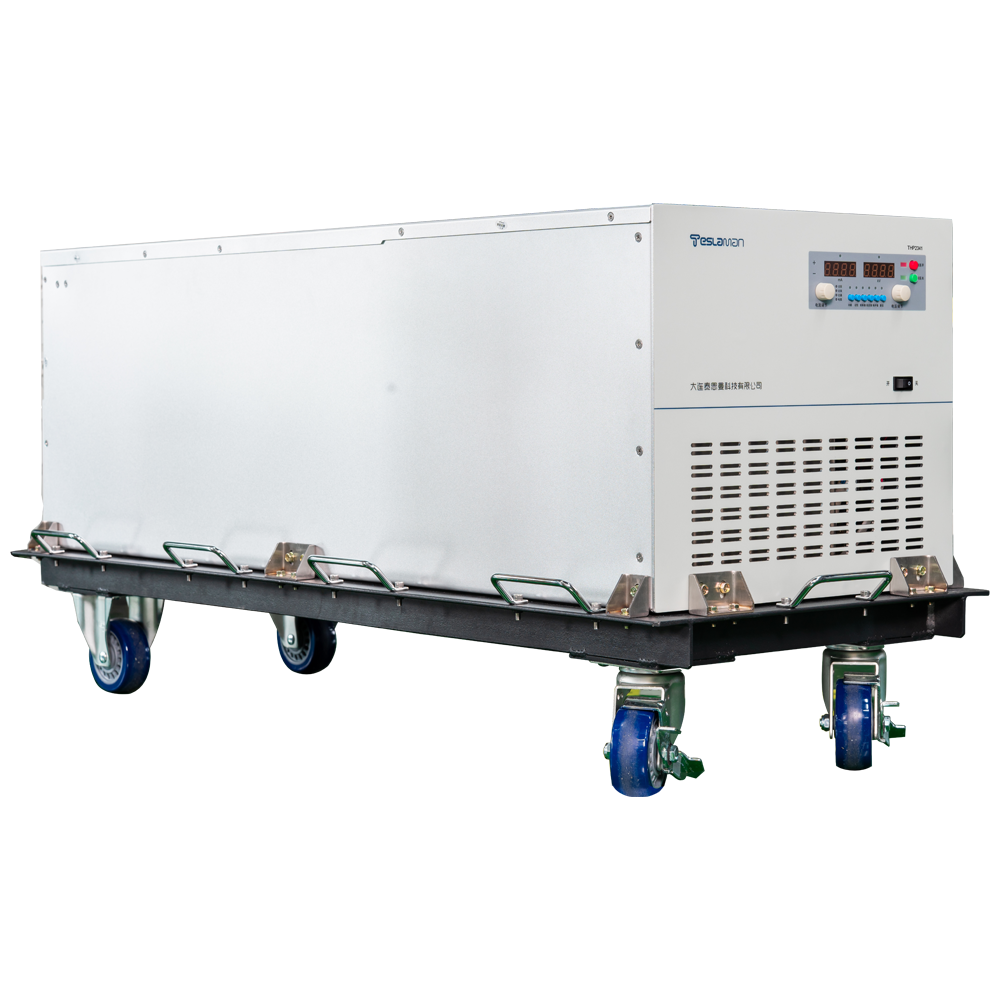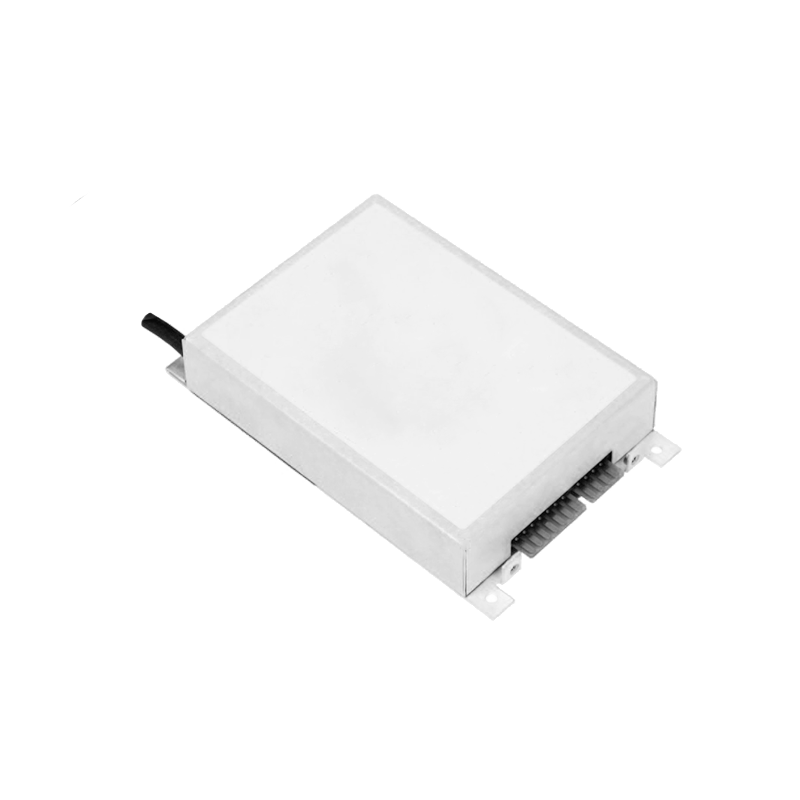Cost Composition Analysis of High-Voltage Power Supply Prices
As a key device in the field of power electronics, high-voltage power supplies are widely used in industrial manufacturing, medical equipment, scientific research experiments and other fields. Their price ranges vary significantly (from several thousand yuan to hundreds of thousands of yuan), which is mainly due to the complexity and diversity of cost composition. In-depth analysis of the cost structure can not only provide a rational reference for users' procurement, but also provide directions for industry enterprises to optimize cost control, which has important industrial guiding significance.
The cost of core components is the basic support for the price of high-voltage power supplies, accounting for 40%-60% of the total cost, and their selection and performance directly determine the product positioning. The core components of high-voltage power supplies include high-frequency transformers, power semiconductor devices (such as IGBTs, MOSFETs), high-voltage capacitors, precision resistors, etc. As the core of energy conversion, high-frequency transformers need to use high-purity copper wires (conductivity ≥99.95%) and high-permeability iron cores (such as silicon steel sheets, ferrites), and need to undergo processes such as vacuum dipping and high-temperature curing. The cost of a single transformer can range from several hundred to several thousand yuan, accounting for 25%-35% of the total cost of components. In terms of power semiconductor devices, the IGBT chips with high voltage levels (above 1kV) have complex manufacturing processes (such as multi-chip integration and high-voltage isolation design), and the unit price of imported devices can be 2-3 times that of domestic devices. If gallium nitride (GaN) devices are used to improve efficiency, the cost will increase by another 15%-20%. High-voltage capacitors need to meet the characteristics of high voltage resistance (≥2kV) and low loss (tanδ < 0.001), and are usually metallized polypropylene capacitors or ceramic capacitors. The cost of a single capacitor ranges from tens to hundreds of yuan, accounting for 8%-12% of the component cost.
R&D cost is the key to determining the technical added value of high-voltage power supplies, accounting for 15%-25% of the total cost, and is deeply bound to the product application scenarios. In the R&D of industrial-grade high-voltage power supplies, it is necessary to focus on breaking through high stability (output ripple < 0.5%) and anti-interference ability (EMC Class A). The R&D cycle is usually 6-12 months, during which a large amount of resources need to be invested in reliability testing (such as high-low temperature cycle testing, vibration and impact testing), and the testing cost of a single project can reach tens of thousands of yuan. Medical-grade high-voltage power supplies (such as those used in CT equipment) need to comply with more stringent safety standards (such as IEC 60601). During the R&D process, it is necessary to add links such as insulation performance testing and leakage current control, and the R&D cost is 30%-50% higher than that of industrial-grade products. Scientific research-grade high-voltage power supplies (such as those used in particle accelerators) need to meet customized parameters (such as output voltage ≥100kV, current stability < 0.01%), so the R&D cycle is as long as 1-2 years, and it is necessary to jointly develop with scientific research institutions. The proportion of R&D cost can be as high as more than 30% of the total cost.
Production and manufacturing costs account for 20%-25% of the total cost, which is significantly affected by production scale and process precision. The investment in automated production lines is the core of cost differences. Enterprises using SMT (Surface Mount Technology) production lines can realize automatic welding and mounting of components, and the production efficiency is 5-8 times higher than that of manual assembly, with the defect rate controlled within 0.5%. However, the investment in a single production line requires millions of yuan, which is suitable for mass production (annual capacity ≥1000 units). If small and medium-sized enterprises adopt semi-automated production, the proportion of labor costs will increase from 5%-8% of automated production to 15%-20%, and the production cycle will be extended (the production time of a single unit increases from 2-3 hours to 5-8 hours), further pushing up the unit cost. In addition, the investment in quality control links cannot be ignored. Each high-voltage power supply needs to undergo more than 10 tests before leaving the factory, such as high-voltage withstand voltage test (no breakdown for 1 minute under 2 times the rated voltage) and output accuracy calibration (error ≤0.1%). The testing time for a single unit is about 30-60 minutes, and the testing cost accounts for 15%-20% of the production and manufacturing cost.
Supply chain and after-sales costs are hidden costs that are easily overlooked, accounting for 5%-15% of the total cost. In terms of supply chain costs, the procurement volume of core components directly affects the unit price: enterprises with an annual procurement volume of ≥1000 pieces can obtain a 10%-15% bulk discount; while small-batch procurement (annual procurement volume < 100 pieces) has to bear higher procurement unit prices and logistics costs (such as tariffs on imported components and transportation insurance). After-sales costs are positively correlated with the length of the warranty period: industrial-grade high-voltage power supplies usually provide a 1-2-year warranty, during which they need to bear the costs of maintenance parts and technical support, accounting for 5%-8% of the total cost; medical-grade and scientific research-grade high-voltage power supplies have a warranty period of 3-5 years and need to provide on-site maintenance services, so the proportion of after-sales costs can rise to 10%-15%.
Comprehensively, the price of high-voltage power supplies is a concentrated reflection of the costs of core components, R&D, production, supply chain and after-sales links. Users need to conduct a comprehensive evaluation based on their own application scenarios (such as industry, medical care, scientific research) and demand priorities (such as cost, performance, customization) when purchasing, rather than simply pursuing low prices. Enterprises can realize cost control by optimizing component selection (such as domestic substitution), expanding production scale, and enhancing R&D efficiency, so as to promote the healthy development of the industry.
